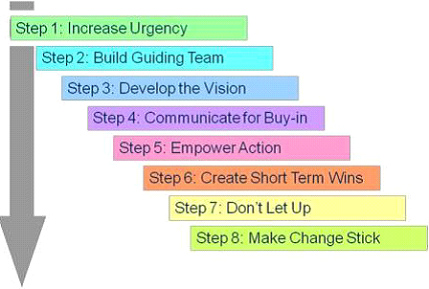Creating Sustainable Change – How to create and sustain change?
April 3, 2025
 Creating Sustainable Change – How to create and sustain change?
Creating Sustainable Change – How to create and sustain change?
Who doesn’t like change and who doesn’t want to change? These are certainly truisms in the 21st century landscape where businesses proclaim their commitment to change and exhort their employees to “Be the change you want to see”. However, having a vision and mission statement that commits to change is different from actualizing the change.…
 Why Some Organizations are Better at Driving Change ?
Why Some Organizations are Better at Driving Change ?
We live in a world where increasing complexity is the order of the day and the business landscape is characterized by a rapid turnover of companies which find themselves dethroned from their position because of outmoded thinking or anachronistic strategies. For instance, Nokia and RIM (the maker of Blackberry) were at the top of the…
 Contingency Model of Change Management: Dunphy and Stace’s Model of Change
Contingency Model of Change Management: Dunphy and Stace’s Model of Change
The contingency model is an extended version of Lewin’s three step in which Dunphy and Stace (1988, 1992 and 1993), explained the process of change from the transformational organization perspective. Dunphy and Stace (1993), put forth a situational or contingency model of change, which emphasized on the fact that organizations should vary their change strategies…
John Kotter (1996), a Harvard Business School Professor and a renowned change expert, in his book “Leading Change”, introduced 8 Step Model of Change which he developed on the basis of research of 100 organizations which were going through a process of change.
The 8 steps in the process of change include: creating a sense of urgency, forming powerful guiding coalitions, developing a vision and a strategy, communicating the vision, removing obstacles and empowering employees for action, creating short-term wins, consolidating gains and strengthening change by anchoring change in the culture. Kotter’s 8 step model can be explained with the help of the illustration given below:

(Source: Adapted from Kotter 1996)
This can be achieved in the following ways:
This can be achieved by:
Your email address will not be published. Required fields are marked *